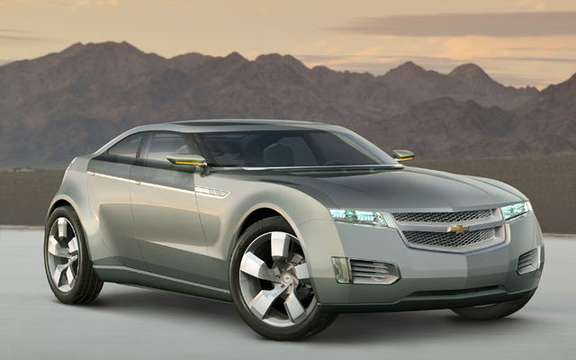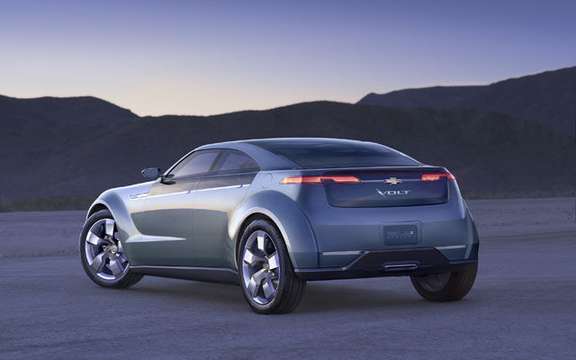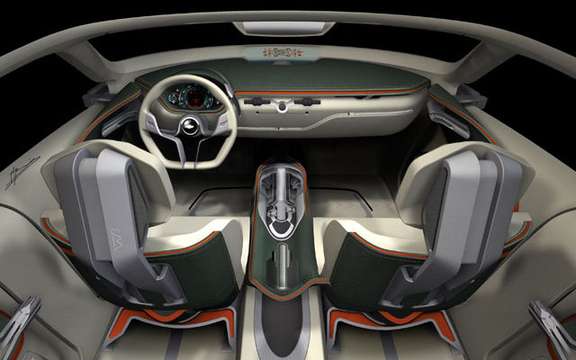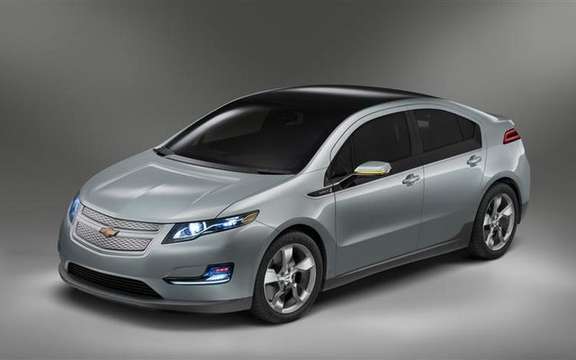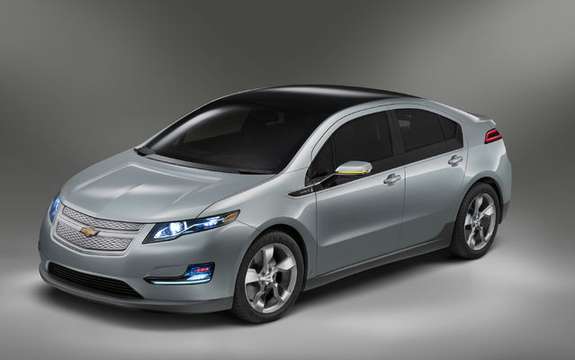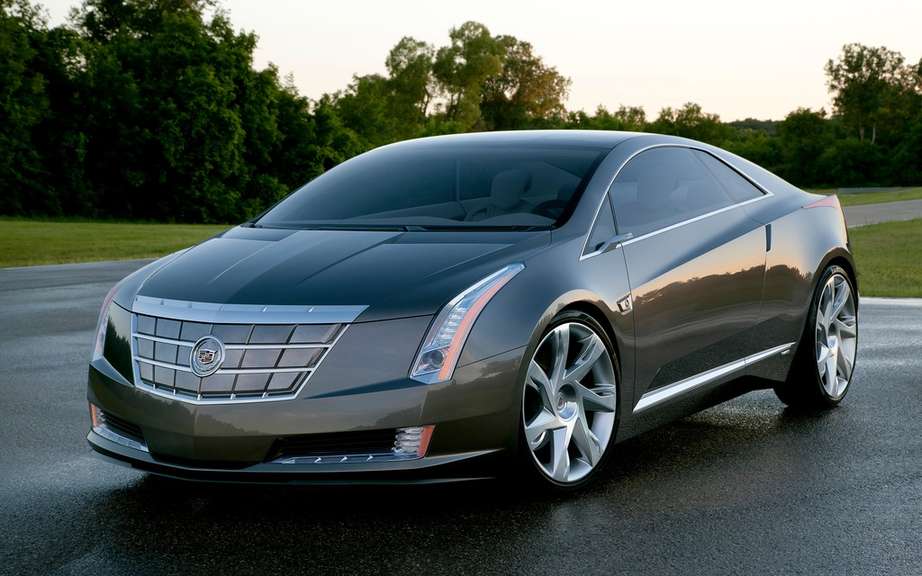Chevrolet Volt, electrochoc in the world of hybrid
New models

2011 Chevrolet Volt, the official photos
Hybrid vehicles
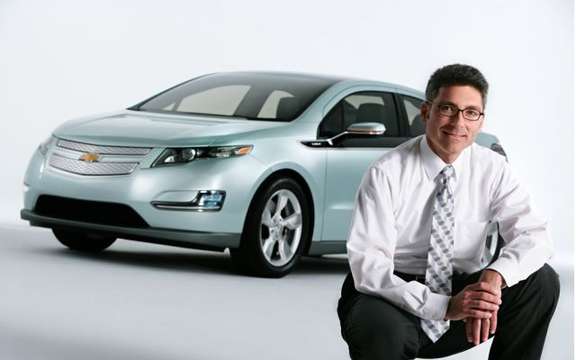
First images of the 2011 Chevrolet Volt production
By trying to please everyone, you end up displeasing to all! It's a bit that said they were the leaders of General Motors when they see the limitations of current hybrid systems. Frothing concept of the hybrid car manufacturers have, one day, decided to offer systems that do not need to be taken on domestic refills. The idea is commendable, but in fact, this technology reduces considerably the capabilities of these systems. On the other hand, the high weight of the batteries overnight greatly to the development of fully electric vehicles that are, at this time, confines with golf courses and other restricted uses.
The last Auto Show in Detroit, GM surprised everyone spotlighting the Chevrolet Volt. This car hybrid powertrain brings this technology a step further. At launch, Bob Lutz, vice-president of General Motors, recalled that electric car EV-1 of 1996 had not survived the terrible test of the market since it could only operate in a small radius, and his passenger his chest were too small, she could not climb a hill or be driving with the air conditioner without draining the battery. And when the battery is drained and the driver was leaving to take a taxi! The Volt solves these problems by being so easy to live a car "normal."
The lithium-ion battery of the Chevrolet Volt can be charged on a normal 110 volt outlet for six hours every day. Thus revived, the Volt can travel 65 km by relying only has its set of batteries. When the latter is about to falter, a generator connected to a three-cylinder engine has 1.0 liter TURBOCHARGED takes over. At this time, in addition to ensuring the mobility of the Volt, the generator recharges the battery is completely transparent to the driver. Then, when the battery feels attacked, it takes over and the gas engine stops working. In fact, the motor is not connected to the wheels. It runs at a speed (RPM) and feeds a constant generator which itself sends its power to the front wheels.
The GM studies have demonstrated that more than half of Americans (and probably Canadians!) Work less than 30 kilometers from their home. Given the capabilities of the battery which can travel 65 km per day, the Volt then consume a single drop of gasoline, provided ride to legal speeds. 100 km per day, the Volt would therefore need fuel to travel 35 km, which would result in an average consumption of 150 mpg (1.6 L/100 km). At 130 km, it speaks of "only" 100 mpg (2.4 L/100 km). Even if the owner forgot to connect the Volt overnight, the petrol engine does not consume more than 50 mpg (4.8 L/100) *. Rolling without stop, it would be possible to travel more than 1,000 kilometers on a single tank of 54 liters for an average of 5.4 liters per hundred kilometers.
The 1.0 liter engine is designed to receive E85 (15% gasoline, 85% ethanol). But, as stated in the advertisement knives, this is not all! Instead of the petrol engine, the energy could be provided by a diesel engine, ethanol or a hydrogen fuel cell. Current technology can therefore be easily
modified according to the steps. There is just one small problem. The battery pack is not yet ready! But engineers are working hard and pretend that GM will be developed around 2010 or 2012. Actually, it is the only element that causes the delay of the start of the Volt. Than done as an electric car, why not make it beautiful? designers have said GM sympathetic Anne Asensio in mind. The Volt is built on a modified platform of Chevrolet HHR and Chevrolet Cobalt. The dimensions are very similar to those of the Cobalt. Particular attention has of course been made to the aerodynamics (Cx of 0.30). By cons, this is not unusual given since the coefficient of friction is lower several cars (the Honda Insight is 0.25, the Toyota Camry Hybrid 0.27 while the EV1 in 1996 fell 0.20). The body panels are manufactured in thermoplastic composite materials lightweight, transparent Lexan roof and LED headlights are a. It would be very surprising that these items have survived a possible production.
Inside, the future is even more present. Ergonomics was neat and four people riding in the Volt are entitled to all latest technologies, according to GM, will be viable when it comes time to produce the car. The dashboard, for example, called Super Imaging, uses two levels of visual information. The first level looks like a normal screen (almost ...) that discloses, in 3-D, information on speed, odometer, fuel level, the state of the battery. The second level informed by means of holography, the propulsion system (motor or battery). A no doubt, GM unveiled in the Volt, a promising technology. Remains to be seen how the development of batteries will evolve. Concept and production car, there is also a big step. What will remain of the Volt in 2012?
View the gallery
